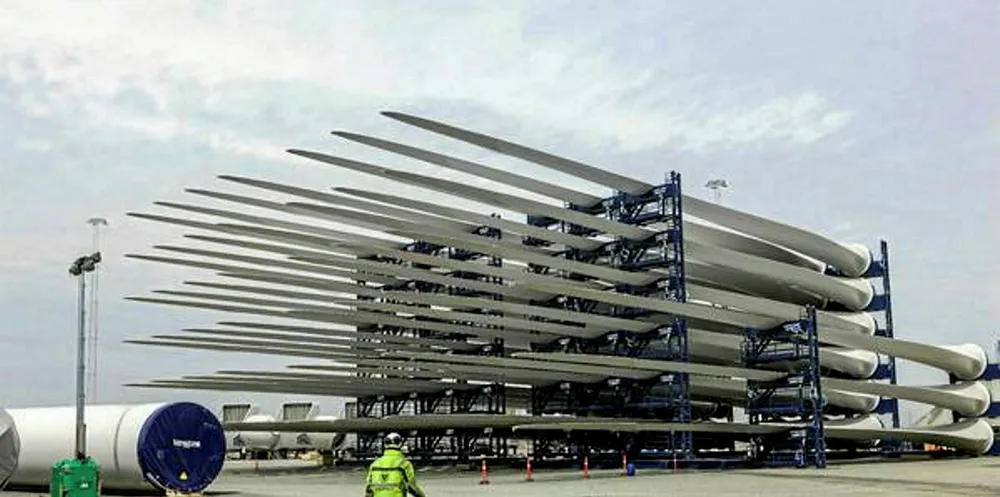US wind supply chain faces exceptional stress in fourth quarter
The frenetic push by developers to complete dozens of projects qualified for the full production tax credit comes in a 'resource-constrained' market

The US wind supply chain will be under exceptional stress in the fourth quarter as developers frenetically push to complete what likely will be more than 6GW of new capacity qualified for 100% of the expiring production tax credit (PTC).
Installations could surpass 6.47GW in Q4 2016, the second-best performance after 8.38GW in 2012, with 5.94GW last year ranking third best historically for the period.
“We see a resource-constrained market. Turbines are going to be bigger than ever before with heavier nacelles. We’re going to have less equipment. There is a shortage of cranes and engineers are in short supply,” said Aaron Anderson, project manager, renewable energy, at Burns and McDonnell, a leading engineering and construction company.
“Delivery logistics for ports, roads and highways, all these things necessary to get the equipment to our sites, are going to be constrained,” he said in a presentation at the Windpower conference here.
He noted that the larger, heavier turbines US developers are adopting can equate to four or five more deliveries for each one installed per site.
“That doesn’t sound like a lot until you take a run of the mill 250MW wind farm. That is 300 to 500 more deliveries at every single site we’re going to build,” said Anderson. If the industry installs 23GW of new capacity in 2019-2020, that equates to 50 times that number of additional on-site equipment deliveries, he said.
To meet the 100% PTC “safe-harbour” eligibility requirement (spend 5% of a project’s cost), projects targeted for Q4 start must begin construction no later than this summer, he said.
Officials here representing ports, component and equipment suppliers, and construction, engineering and heavy-haul transportation companies repeatedly emphasized the need for advance planning with ample lead times by developers – or risk seeing their projects potentially delayed or even cancelled.
They warned having to qualify a project at 60% or 80% PTC value instead of the full $24/MWh over its first decade of operation can undermine the economics and price it out of the market for off-take. Later start dates will also cost owners potential revenue from sale of electric power and renewable energy credits.
The PTC 80%-60%-40% phase-down schedule will conclude this year, erasing the industry’s main fiscal incentive enacted in 1992 under Republican President George HW Bush.
It said $2.1bn of revenue is at risk, including $800m in turbine sales, through 2020, if the supply chain can’t handle all the capacity developers plan to build.
Anderson said to address upcoming supply chain distress, project developers can pose 10 questions on each job to help minimize potential problems . These are:
“Go see your safe-harbour equipment now while you have the time,” he said, to make sure water is not sitting in the components and rodents haven’t gotten in and chewed the cable. Make other checks to ensure that once they arrive at a site they function as they are supposed to.
“What’s going to suffer is quality. They won’t have the experience or know-how to do that project in the same way the A team will,” he said, noting project owners need to have people onsite for quality control, particularly things that go underground and are not easier verifiable. Engineers are in short supply and not all created equal.